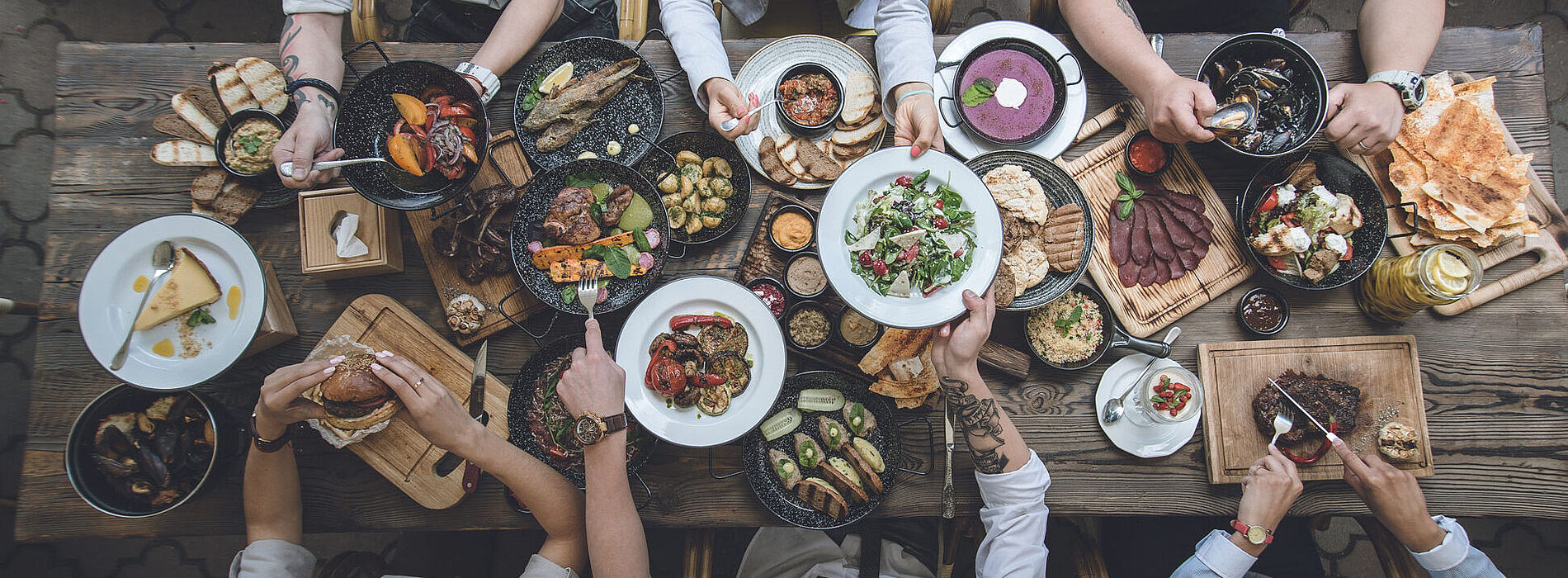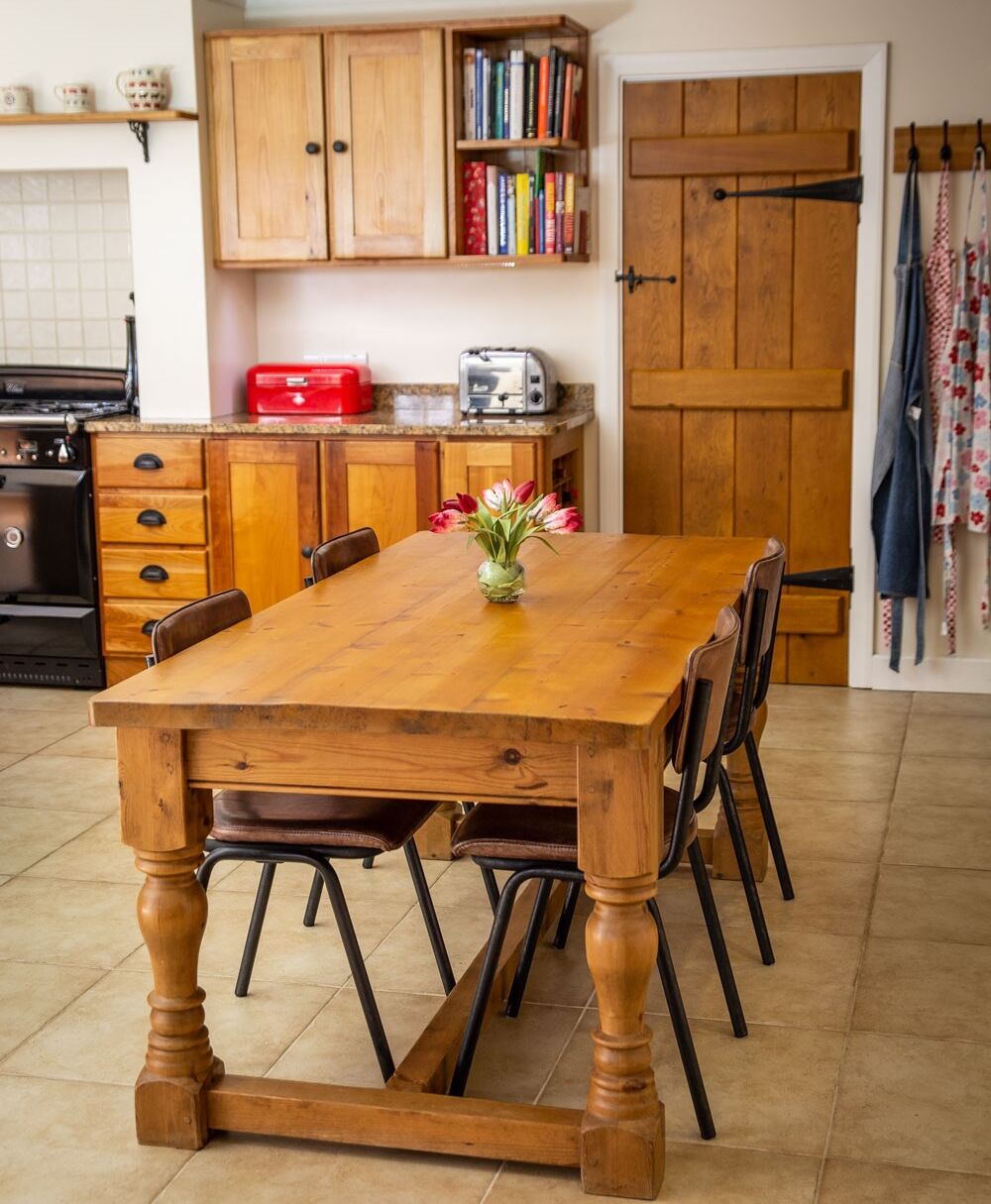A beautiful, large wooden table is the ideal invitation to cook food and invite friends round to share it with you. But what to do if your table is a little tired and the traces of everyday use have left it looking a little shabby? Whether it be an old piece of inherited furniture, a bargain from the flea market or an expensive investment in the 1990s – we show you how you can quickly and easily make your furniture shine with new radiance. So that you can enjoy having guests around again!
- Do-it-yourself Do-it-yourself
- Contractor Contractor
- Industry Industry
- Company
- Contact






